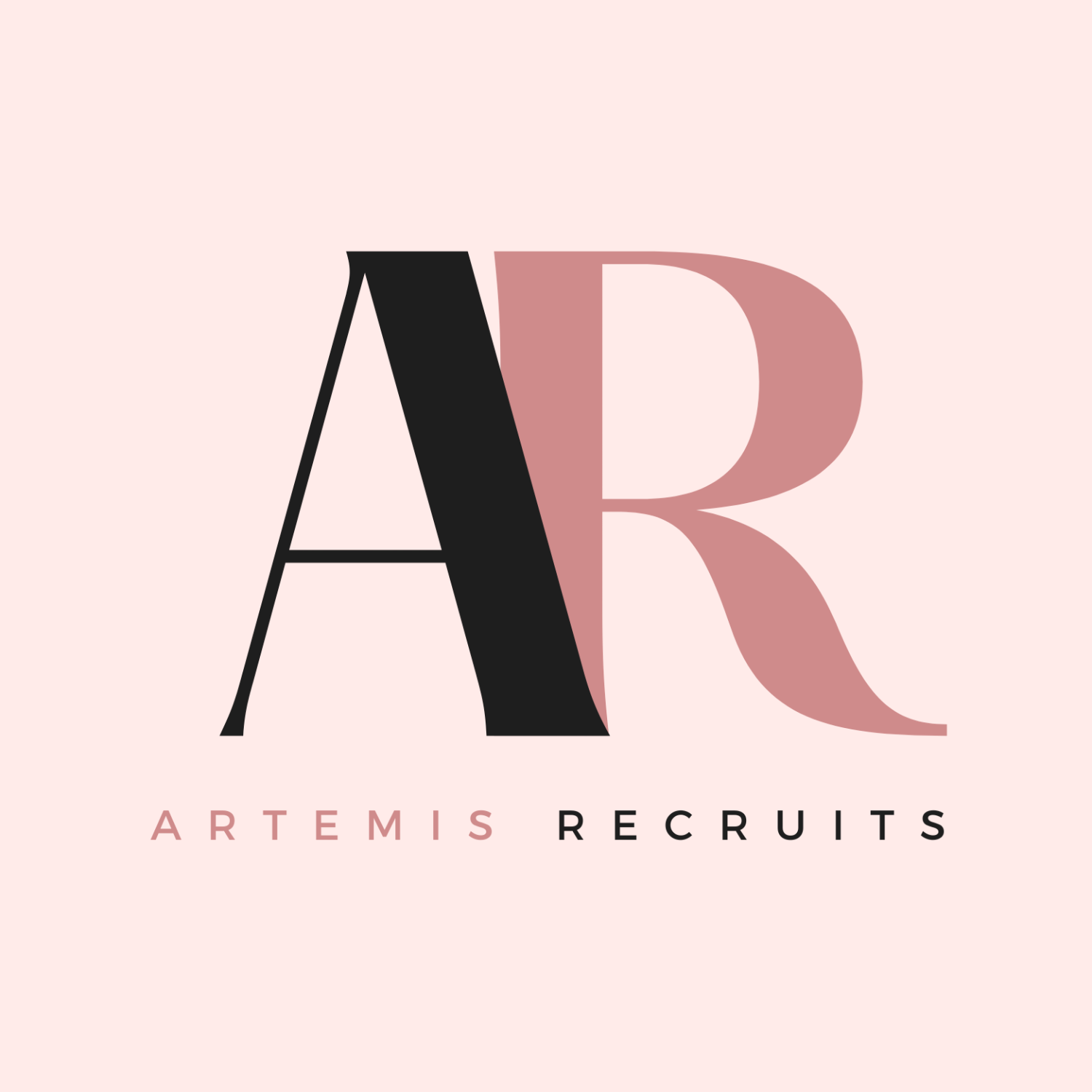Build confident, autonomous teams with a proven onboarding strategy.
Table of Contents
- The Onboarding Trap: Why Micromanagement Hurts Remote Talent
- Why Smart Onboarding Matters More for Remote Teams
- How to Onboard Remote Talent Without Micromanaging
- The Role of Trust in Successful Remote Onboarding
- How Artemis Recruits Supports Long-Term Success
- Frequently Asked Questions
- Conclusion: Confidently Build Independent Remote Teams
The Onboarding Trap: Why Micromanagement Hurts Remote Talent
Bringing on remote talent should make your life easier. But too often, founders and managers find themselves trapped in the cycle of overcommunication, endless check-ins, and late-night Slack messages—all in the name of “support.”
Here’s the truth:
Micromanagement kills productivity, morale, and trust—especially in remote work settings.
If you’ve ever asked yourself:
- “How do I make sure my remote hire actually gets things done?”
- “Am I being supportive or overbearing?”
- “How do I give feedback without hovering?”
Then this guide is for you.
In this post, you’ll learn how to onboard remote talent effectively—without babysitting them. With structure, communication, and the right mindset, you can empower new hires to thrive while freeing up your time as a leader.
Why Smart Onboarding Matters More for Remote Teams
In traditional offices, new employees absorb knowledge through casual chats, desk drop-bys, and overhearing team convos. In remote work? That organic learning is gone.
That’s why onboarding remote professionals requires:
- Clear documentation
- Defined expectations
- Proactive support
- A balance of structure and autonomy
Without a thoughtful onboarding process, remote hires are left guessing—and guessing leads to disengagement or burnout.
At Artemis Recruits, we help businesses hire and integrate remote talent seamlessly by setting the right foundations from Day One. Now, we’re sharing our onboarding blueprint with you.
How to Onboard Remote Talent Without Micromanaging
1. Set Expectations From Day One
The biggest source of micromanagement? Miscommunication.
Before your new hire starts, make sure you’ve defined:
- Working hours and time zone overlap
- Tools used for communication and project tracking
- Response time expectations (e.g., within 4 hours on Slack)
- KPIs and deliverables
- How feedback is given and received
Put it in writing—in an onboarding doc or Notion page—and review it during the kickoff call.
✨ Pro Tip: Use a template for new hires to fill out their own “user manual” (e.g., preferred communication style, strengths, work habits). It helps you understand them, too.
2. Document Processes and Tools Clearly
Avoid the trap of hopping on a call for every small question.
Instead, create:
- SOPs (Standard Operating Procedures) with Loom videos
- A shared internal wiki or Notion database
- Quick-start tool guides for apps like Trello, Slack, ClickUp, etc.
- Checklists for repetitive tasks (weekly reporting, file uploads, etc.)
When everything is documented, your remote talent won’t need to ping you constantly—they’ll know where to look.
3. Assign an Onboarding Buddy
No one likes feeling alone on their first week. A buddy system helps new hires:
- Ask questions comfortably
- Learn company quirks and culture faster
- Feel supported without the pressure of a “boss” watching
Buddies can be peers or even past hires who’ve been through the process. This adds a layer of mentorship and accountability—without micromanagement.
4. Create a 30-60-90 Day Roadmap
Set clear, measurable goals for the first 90 days:
Day 1–30
- Learn tools and workflows
- Shadow team meetings
- Complete low-stakes tasks
- Build rapport
Day 31–60
- Own recurring responsibilities
- Start contributing to projects
- Share early wins and feedback
Day 61–90
- Operate independently
- Lead a project or initiative
- Review performance and align on next steps
Review this roadmap weekly or biweekly—not daily. That’s how you maintain visibility without smothering initiative.
5. Use Check-Ins Instead of Check-Ups
Instead of “checking up” on your remote team to monitor them, check in to support them.
Weekly or biweekly 1-on-1s should focus on:
- Roadblocks
- Wins and learnings
- Resources they need
- Feedback (in both directions)
Use async tools like shared Google Docs or Notion boards to keep track of progress without needing constant pings.

The Role of Trust in Successful Remote Onboarding
When you hire remote talent, you’re not just outsourcing work—you’re building relationships. And relationships thrive on trust.
Micromanagement signals a lack of trust. It tells your new hire:
“I don’t believe you’ll succeed unless I control every move.”
The better approach? Equip. Empower. Support.
Trust is earned both ways—and effective onboarding is the first opportunity to build it.
How Artemis Recruits Supports Long-Term Success
At Artemis Recruits, we don’t just help you hire remote professionals—we help you keep them.
We provide:
- Pre-onboarding guidance so your new hire hits the ground running
- Cultural fit assessments to reduce friction
- Onboarding templates and SOPs tailored to your business
- Check-in frameworks to support performance without micromanaging
We believe great remote hires are made, not just found—and it all starts with how you onboard.
Frequently Asked Questions
1. How long should it take to onboard remote talent?
A solid onboarding period typically spans 30 to 90 days, with milestones mapped out at each stage. However, the first 7 days are crucial for creating confidence and clarity.
2. What tools are best for onboarding remote hires?
We recommend using:
- Loom for walkthroughs
- Notion for company wikis
- Slack or Google Chat for communication
- ClickUp, Trello, or Asana for task management
- Calendly for scheduling check-ins
3. How do I avoid micromanaging when deadlines are tight?
Use project management boards and weekly check-ins instead of daily updates. Focus on outcomes, not hours worked. Give feedback on results, not methods.
4. What’s the biggest mistake to avoid in remote onboarding?
Overloading new hires with too much info or too little support. Aim for a balance: drip information gradually and provide resources they can access on demand.
5. Can I outsource onboarding support?
Yes! If you work with us at Artemis Recruits, we can provide onboarding SOPs, roadmaps, and feedback tools. We also offer ongoing support during the first 90 days to ensure success.
Confidently Build Independent Remote Teams
Hiring remote talent isn’t the hard part—it’s what comes next that makes or breaks the experience.
With the right onboarding structure, you can:
- Empower new hires to own their role
- Build trust without hovering
- Save time while boosting productivity
- Reduce early turnover and burnout
Stop micromanaging. Start trusting.
Need help onboarding your next remote hire? Book a call with us.


Leave a Reply